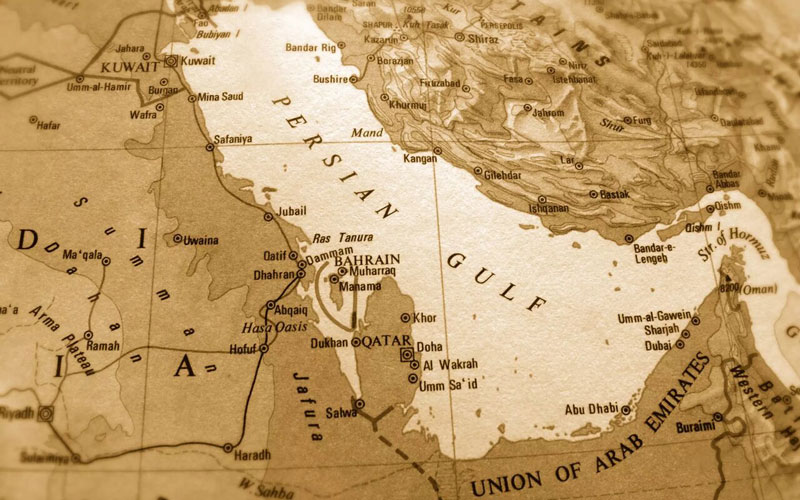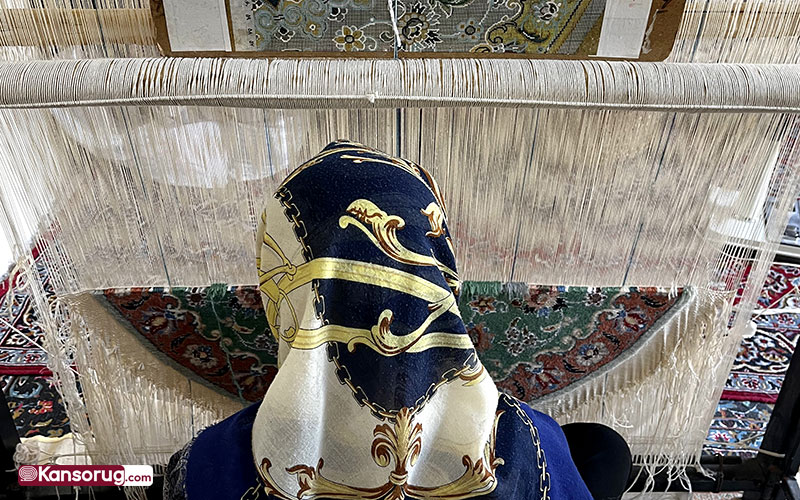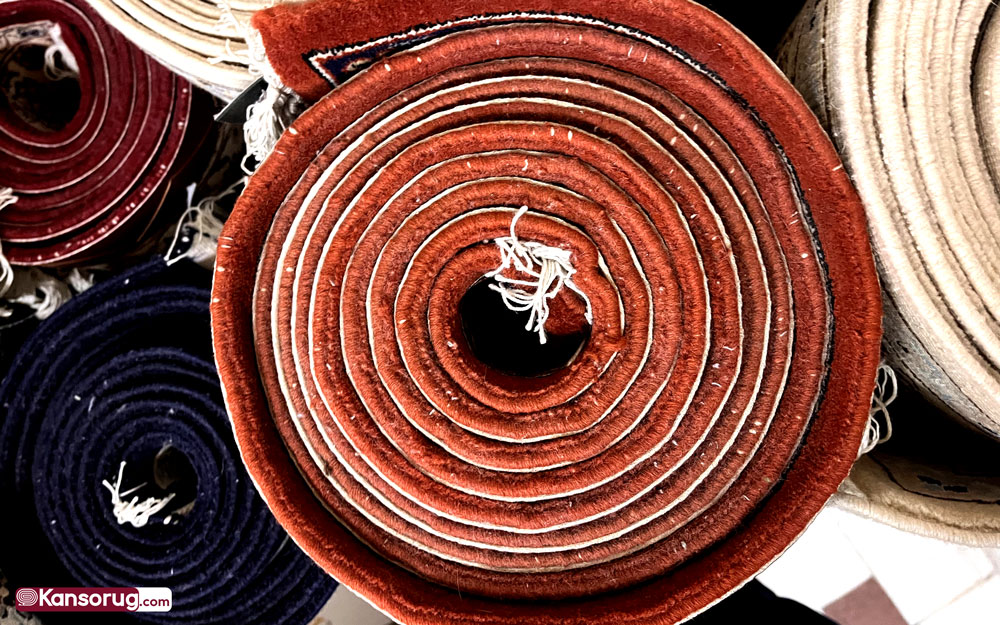Why Are Persian Carpets Called Persian? History and Global Appeal

A fine Persian rug crafted by hand is more than a floor covering—it’s a piece of art, a slice of cultural heritage, and a symbol of timeless craftsmanship. Known worldwide as the original Persian carpet, these rugs carry a name steeped in history. But why “Persian” instead of “Iranian”? In this article, we dive into the roots of the term, explore the enduring fame of Persian carpet history, and uncover why these timeless rugs remain a top choice globally. So let’s answer why are Persian Carpets called Persian.
In This Blog...
ToggleWhy Are They Called Persian Carpets?

The term “Persian” comes from “Persia, Pars, or later Fars,” the ancient name for Iran, rooted in the Persian Empire and the Achaemenid dynasty. Westerners historically referred to Iran as Persia, a name found in ancient Greek texts like Xenophon’s Cyropaedia (430–345 BCE), where he notes, “Persians spread carpets beneath their beds for comfort.” This shows that even 2,500 years ago, authentic Iranian weaves were already renowned.
Handmade Persian carpets originate from Iran, historically known as Persia until 1935, when the Pahlavi government requested the world adopt “Iran.” Despite the name change, “Persian” endured for treasures like Persian carpets for sale, Persian cats, Persian music, Persian food, and the Persian Gulf in history, embodying a centuries-old legacy of craftsmanship unmatched by any rug-making region. This name acts like a global seal of luxury and authenticity, ensuring that every historical Iranian textile you find carries the artistry and heritage of Iran’s rich tradition—a timeless badge of quality that makes it a standout investment.
Other Names and Cultural Ties
Beyond classic Eastern floor art, these rugs are sometimes called “Iranian rugs” or part of the broader “Oriental rug” family. While Oriental rug meaning covers handwoven rugs from the Middle East and Asia, “Persian” is exclusive to Iran. The name carries the same cultural weight as Persian Gulf facts or the iconic Persian cat, evoking elegance and tradition. Even the Gulf, widely known in historical and academic texts as the Persian Gulf, reflects this deep-rooted identity.
The Roots of Persian Carpet Fame and Why It Endures
The fame of Persian carpet history stretches back millennia. The Pazyryk Carpet, the world’s oldest known rug from 500 BCE, proves Iranians turned weaving into an art form early on. These traditional rugs wove stories of culture and life through intricate patterns like boteh (paisley) and medallions, using natural wool, silk, and dyes like madder and indigo.
The Safavid era (16th–17th centuries) was the golden age, as per Jahancarpet. Shah Abbas boosted rug-making with royal workshops and exports to Europe, making handmade Persian carpets a global sensation. Today, rugs from Tabriz, Nain, and Qom—known for their detailed Shah Abbasi designs—remain unmatched. Their durability, eco-friendly natural fibers, and timeless beauty keep modern Persian carpets and vintage Oriental rugs in high demand.
Why Do Persian Carpets Stay Iconic?

Unrivaled Quality: Traditional Persian carpets, knotted by hand with wool or silk, last for centuries with proper care.
Unique Designs: From nomadic Qashqai patterns to intricate city weaves like Isfahan, Nain, and Qom, each rug tells a story, as explained in Persian rug meaning. Like One Thousand and One Nights stories!
Health and Eco Benefits: Chemical-free, these rugs are hypoallergenic and sustainable, perfect for family homes and the environment.
Investment Value: Unlike machine-made rugs, genuine Persian rugs often appreciate over time, making them a smart buy.
Why Are Persian Carpets Loved Worldwide?
A masterpiece of Persian weaving isn’t just decor, it’s a cultural and financial investment. Unlike mass-produced Chinese, Indian, or Pakistani rugs made with cheap materials, handwoven rugs for sale use premium wool, silk, and natural dyes, offering warmth, authenticity, and even practical perks like staying cool in summer and warm in winter. Buyers regard them as artwork—each knot a silent storyteller of culture and craft, embodying the true meaning behind Iranian rugs. Today, modern Iranian carpets and vintage or classic Eastern rugs shine in homes worldwide, from cozy living rooms to luxury galleries.
Who’s Buying Persian Carpets?
Persian handwoven rugs have fans across the globe, but a few markets stand out:
Gulf Countries: The Persian Gulf bordering countries, like the UAE, Qatar, and Kuwait, love Iranian rugs for sale. Their taste for luxury and cultural ties to Iran make Tabriz and Qom rugs a staple in homes and palaces. Dubai’s market is a hub for Iranian carpet shops.
From USA to Japan: The modern world seeks authenticity, cherishing cultural roots amid rapid change. Countries like the U.S., South Korea, and Japan, valuing timeless heritage, are top buyers of Persian handmade carpets. In Japan, their varied colors and sizes elevate small spaces, merging tradition with modern style.
From Germany to France and Italy: Fashion-forward, these countries snap up silky Isfahan, Naein, Kashan, or Arak rugs for galleries and upscale interiors. A top European buyer, Germans prize modern Persian carpets and classic Kashan designs for both modern and traditional homes.
Persian Gulf countries see authentic Persian rugs as symbols of prestige, thanks to cultural proximity and wealth. In Australia, Europe, and the U.S., they’re art and heirlooms. Japan’s minimalist aesthetic pairs perfectly with modern Iranian rugs, blending tradition with sleek design.
Bottom Line
An Eastern handwoven rug always carries with it a deep-rooted history. From the traditional weavings born in the minds of rural artisans near the city of Shiraz to the exquisite, intricate patterns of Isfahan and Nain, each carpet reflects nature, story, and soul. But the name Persian goes beyond geography or design—it represents authenticity and heritage. When you choose a Persian rug, you’re not just selecting a beautiful floor covering; you’re acquiring the result of centuries of artistry and knowledge, much like acquiring a Baroque oil painting or listening to a timeless piece by Bach. It is art in its most functional form.
Historically, the term Persian has endured, even as the borders of modern-day Iran, Iraq, the Persian Gulf states, and Turkey have shifted over time. Much of what is now called the Middle East was once considered part of ancient Persia, and the legacy of that civilization lives on through its carpets.
Looking for a true Persian carpet? In that case, you need only turn to sellers like us in Iran, we’ll help you own a timeless masterpiece of history and art, delivered right to your door.
Please rate Stellar
Your page rank:
Related Posts
Which Is the World’s Best Handmade Carpet? History and Facts
-
Posted by
Bahador Mir
- 0 comments

